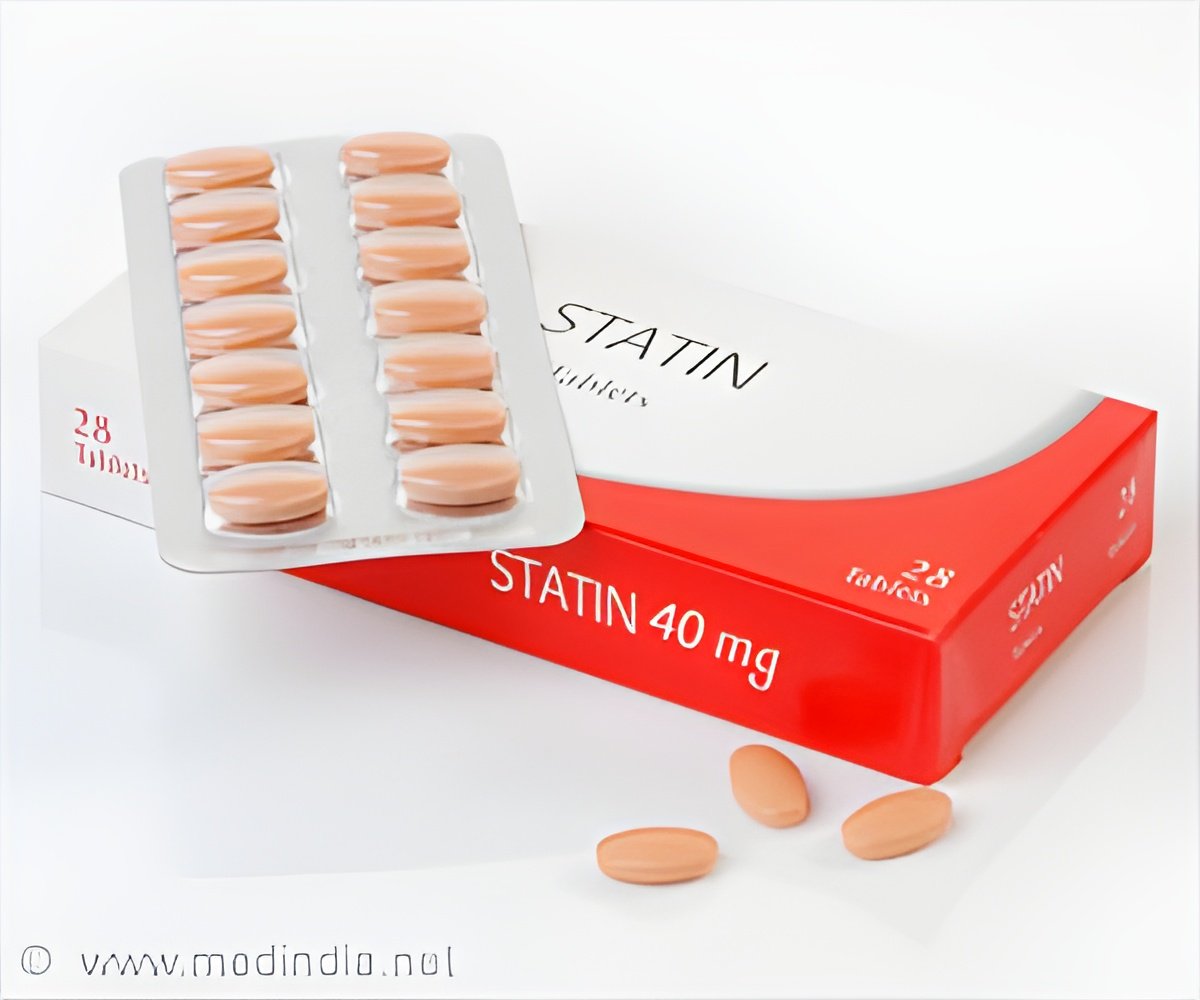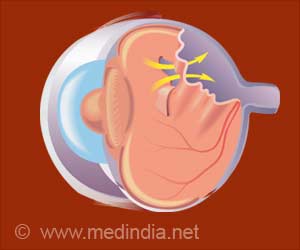A new study has found that 41.7% of patients in the “active” group were appropriate to be recommended a statin.

What are Statins?
Statins are foundational preventive medications that can improve the prognosis and quality of the lives of patients who have or could develop heart disease. However, the best way to identify those who can benefit from a statin before a cardiovascular event occurs and get them on appropriate medication is not clear. Intermountain researchers found this approach also leads to lower LDL cholesterol (so-called “bad” cholesterol) in these patients and was also associated with low rates of major adverse cardiac events. “When it comes to identifying who is likely to have a cardiac event, physicians are often playing catch up. They’re often looking at only one or another risk marker in an annual physical rather than making a formal multifactor risk assessment or are only uncovering the patient’s true risk after a heart or stroke,” said Jeffrey L. Anderson, cardiologist at Intermountain Health and principal investigator of the study.‘Taking a more active approach helps clinicians find more patients who can benefit from a statin and hopefully prevent cardiovascular events before it can happen.’





In the study, Intermountain researchers enrolled 3,770 patients 50 and older with no history of atherosclerotic cardiovascular disease or statin use in Intermountain’s Coronary Calcium (CorCal) study, which is studying the effectiveness of proactive lipid-lowering treatment approaches. Of those patients, 601 agreed to be studied, were enrolled, and were given statin recommendations based on one of two risk assessment tools: the first group was evaluated for coronary risk by the Pooled Cohort Equation, which estimates the risk of atherosclerotic cardiac disease within 10 years based on factors including age, gender, blood pressure, cholesterol, diabetes, and smoker status.
The second group was evaluated by coronary artery calcium scoring, which measures the presence and amount of coronary calcium based on a CT scan.
Each approach takes different factors into account, but both are considered “active statin selection methods” – as they are proactive approaches.
Active Statin Selection
For the purpose of this study, those who declined to enroll in CorCal were considered to be in the passive approach control group, i.e., receive usual care by their personal physicians. The groups were well matched on common risk factors.That translated into 25.3% of patients in the “active” group actually taking one, compared to 9.8% of the passive group during 2.8 years follow-up.
Advertisement
“This kind of active approach leads to more patients being checked more frequently for risk factors for coronary heart disease, and they were treated with statins more often, with the objective to lower their risk of a cardiovascular event such as a heart attack or stroke,” said Dr. Anderson.
Advertisement
The Intermountain investigators are now involved in a 5,000+ patient trial to formally assess the impact of these active approach strategies on major adverse cardiovascular events (CorCal Outcomes).
Source-Eurekalert













